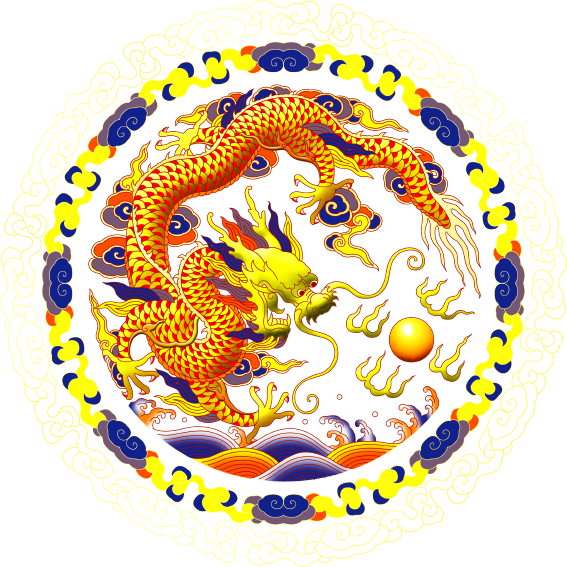The Southern Shaolin style is believed to have a training method known as the “Buddhist Wooden Man Method,” which is associated with the Southern Shaolin Temple. It is said that the Southern Shaolin Temple had 18 wooden men, constituting the main training elements of the system. According to temple mythology, these training elements were referred to as the “method of the 18 wooden monk men” (十八罗汉木人法). While there are no existing traces of such elements today, various Southern Chinese martial arts systems, including Fut Gar, incorporate some form of training that connects to this myth.
In the Southern systems, each school may have a different approach to which techniques are trained with the wooden men and how it is done. However, the essential idea is that the wooden man is an element or accessory that conditions the arms and legs, giving them a hardness beyond the ordinary. By consistently striking these objects, the body becomes accustomed to enduring pain and causing considerable damage when striking an opponent not accustomed to this type of training.
Fut Gar includes various types of wooden men, ranging from a minimum of 5 to 7 different ones, depending on available space. This type of training has both positive and negative aspects. On the positive side, it provides extraordinary physical conditioning and allows for diverse training routines, each contributing to the development of specific skills. On the negative side, there can be an excessive dependence on this type of training, and the lack of space or resources for acquiring these apparatuses can affect training outcomes.
In the author’s particular case, they have chosen to construct the wooden men out of metal for durability. Metal wooden men are more enduring, especially since traditional wooden ones are prone to breaking over the years. Different types of wooden men cater to specific training needs, with rigid ones being suitable for speed, flexible ones for coordination, and rotating ones for dynamic tension. In a future installment, the author plans to delve deeper into this fascinating topic.
